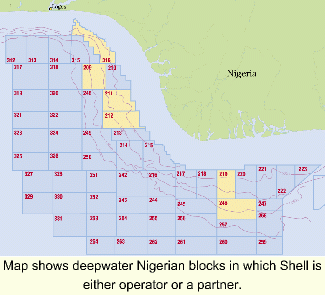

This has caused gas utilisation in Nigeria to grow over the years from about 1.7 Bscfd in 1995 to 6.4 Bscfd in 2017. In recent times, conscious efforts have been made to develop Non-Associated Gas (NAG) wells to ensure reliability of supply as AG production fluctuates with oil production and cannot be used to guarantee gas supply commitments. Up till 1999 when the Nigeria Liquefied Natural Gas (NLNG) plant started operations, over 2.8 Bscfd or 74% of associated gas produced in the course of oil production was flared. Initial gas commercialisation programmes focused on the recovery of low and medium pressure gas from oil separators that were hitherto flared. This agreement provided fiscal incentives to improve the economics of gas utilisation projects and was aimed at reducing or eliminating flaring by allowing the Oil companies to offset their capital expenditures in gas projects from oil revenue.


Gas ccommercialisation and utilisation efforts began in earnest with the promulgation of "Associated Gas Framework Agreement of 1991. This lack of utilization plan resulted in the flaring of most of the Associated Gas (AG) produced except for that used as fuel. Following the discovery of oil at Oloibiri in 1956, the facilities that were built to produce oil did not include gas processing and export units. In the beginning, gas production was incidental to oil discovery.


 0 kommentar(er)
0 kommentar(er)
